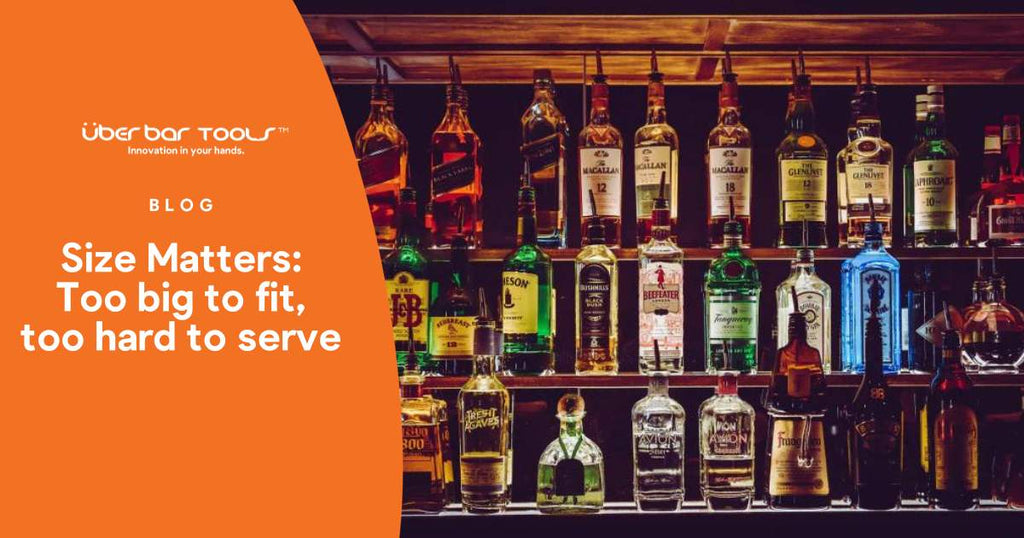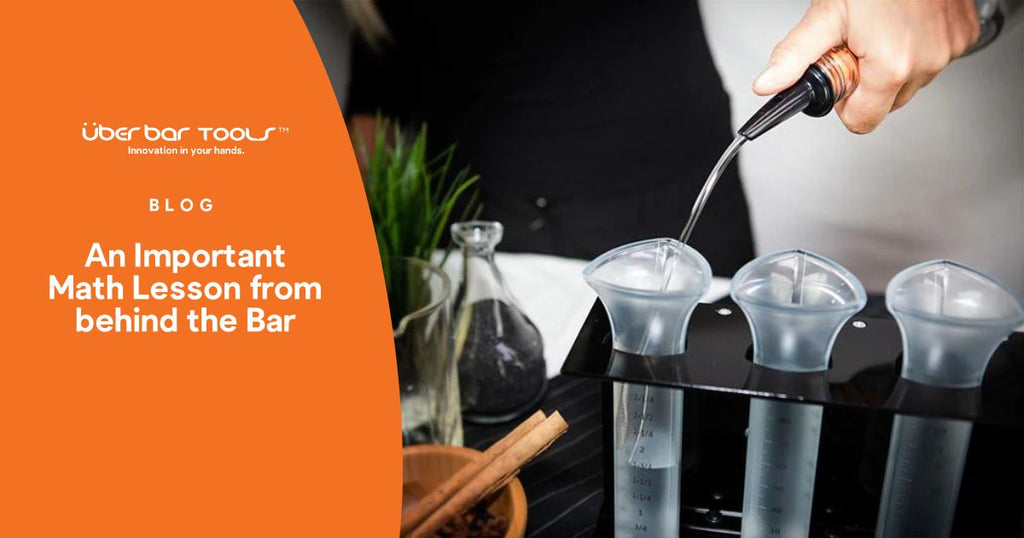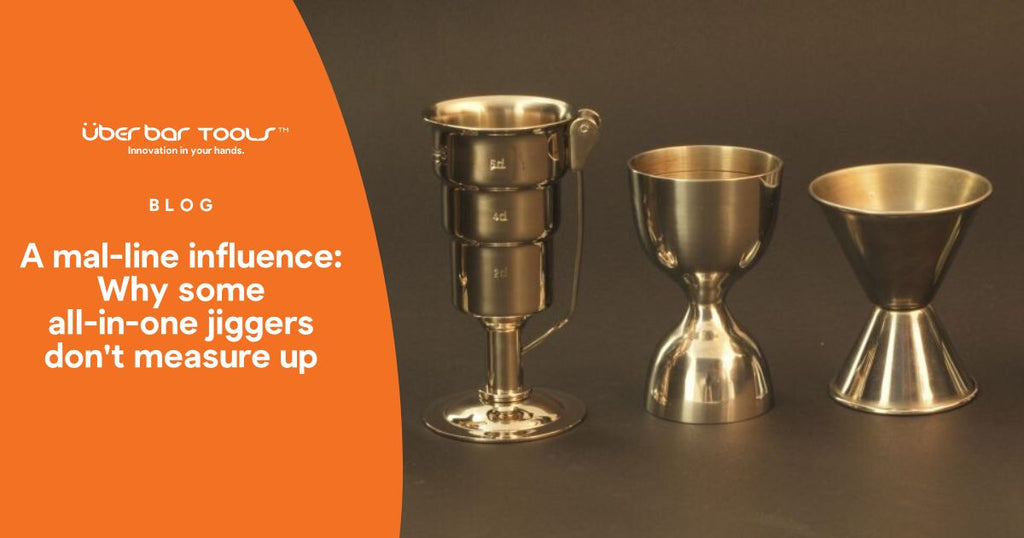News
Looking to elevate your cocktail game, streamline your bar operations, or simply unlock the secrets of the perfect pour? You've come to the right place!
At Überbartools™, we're passionate about all things bar-related, and we're dedicated to sharing our knowledge and insights with you.

Size matters: Too big to fit, too hard to serve
Distilleries are pushing boundaries with innovative flavors and unique bottle designs, while bars are vying to create a distinct and memorable customer experience. So, if your pourers are only designed to fit two standard neck sizes, what now?

An Important Math Lesson from behind the Bar
It's time to think carefully about bar math–count your liquor loss, subtract the bar tools that are letting you down, and add some Uberbartools to make a neat sum of profitability.

A mal-line influence: Why some all-in-one jiggers just don't measure up
Rationalising clutter on the bar top seems like a great start to reduce cost and increase profits, replacing multiple products with just one, but a multi-lined jigger may not be the answer.

How we're waging the war on bar waste
With the increasing mountains of rubbish found at our landfills, individuals, businesses and regulators are turning more attention to reducing, reusing and recycling. The towers of waste for which the hospitality industry is responsible are set to topple, but we have foundations designed to resolve some of the waste problems we are creating.... which may also help your profit margin too!

ICYMI - Our top blogs for the year, as voted for by you!
From condoms to consistency and bitters to budgets, we've talked about it all this year, and we've loved your feedback. In case you missed it, here are our best blogs of 2018 and hopefully some inspiration to have you storming into the New Year!

Liquor Wastage: Spot the signs and save serious money
Ah the bar manager’s dream! Sticky surfaces, broken speed-pourers in the ice buckets and unaccounted for stock. But before you go blaming your bar staff, you might want to investigate the other reasons for that missing drink.

How bottle condoms are ruining your bar credentials
When so much of a good cocktail experience comes from the presentation and aesthetics of the cocktail itself, and the bar too, you don't want to risk your business on a lewd-looking, off-putting pourer cover.
The Pour Challenge - Child's Play?
Pouring alcohol consistently, without spilling or wasting a drop takes lots of skill, whilst it may appear so easy, yet many of us know intuitively the simpler something appears the more difficult it’s likely to be.
Pourers and Jiggers Comparison Chart
The largest contributor to liquor loss comes from poor quality jiggers and pourers.
BAR HOG DAY - IS IT INSANITY?
When a bar suffers the same re-occurring problem that no one does anything to solve then that’s a Bar Hog Day moment. Learn more!
Liqour Loss, Bar Waste & Sustainability
To see whether your business has a problem it becomes important to evaluate all your waste. Here’s some things to think about...
Served Drinks Super Fast
Mostly without adequate training, tools and systems in place drinks made fast tend to over-pour alcohol.
- 1
- 2

